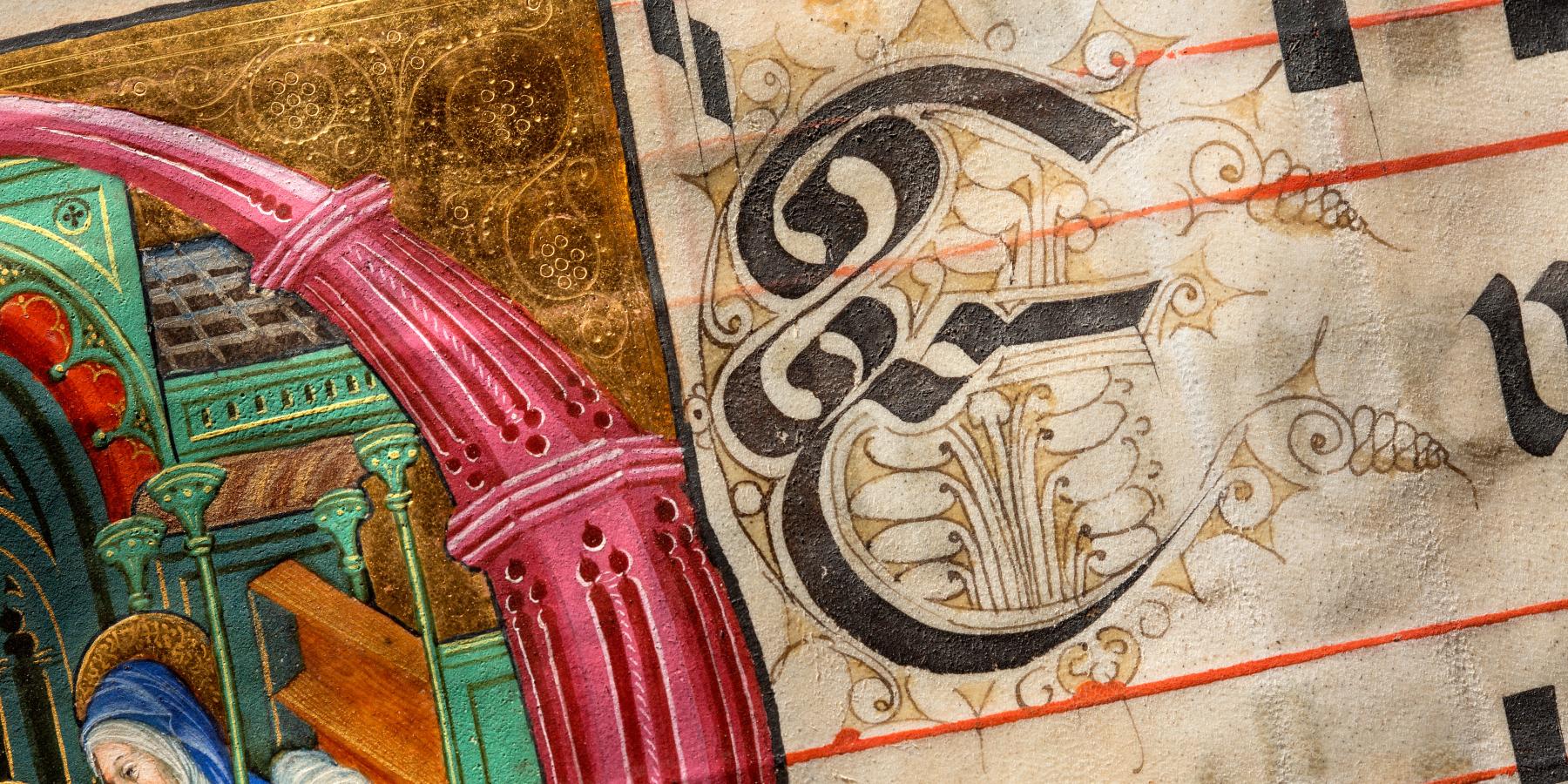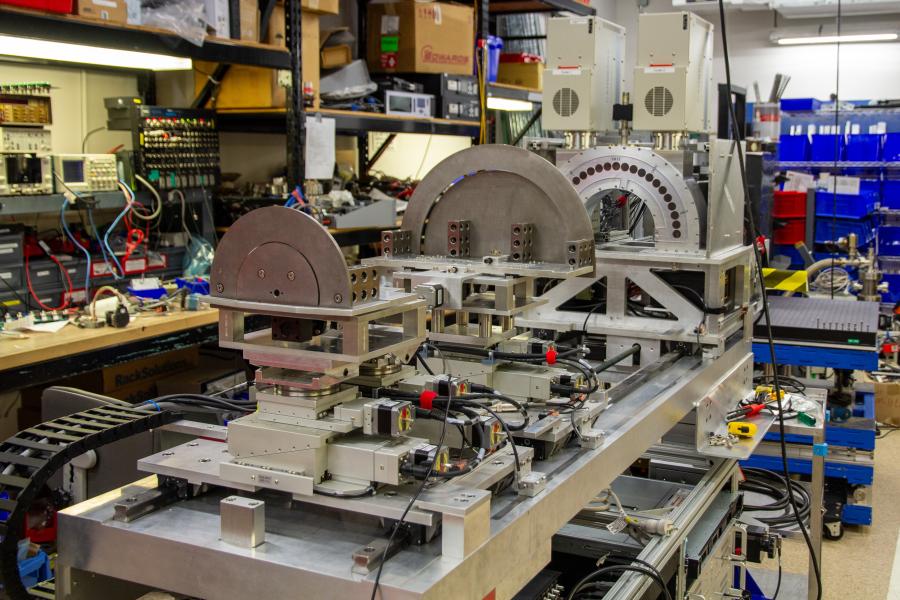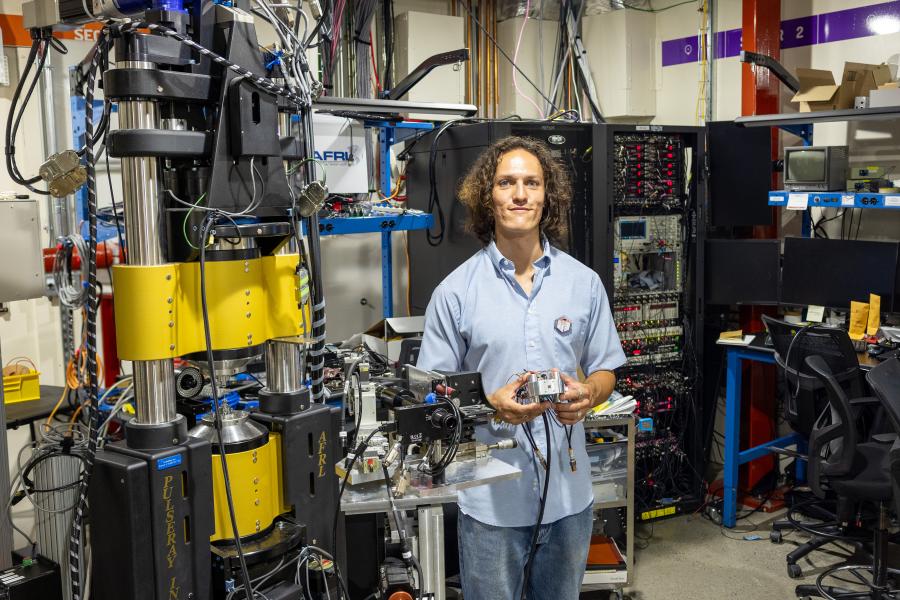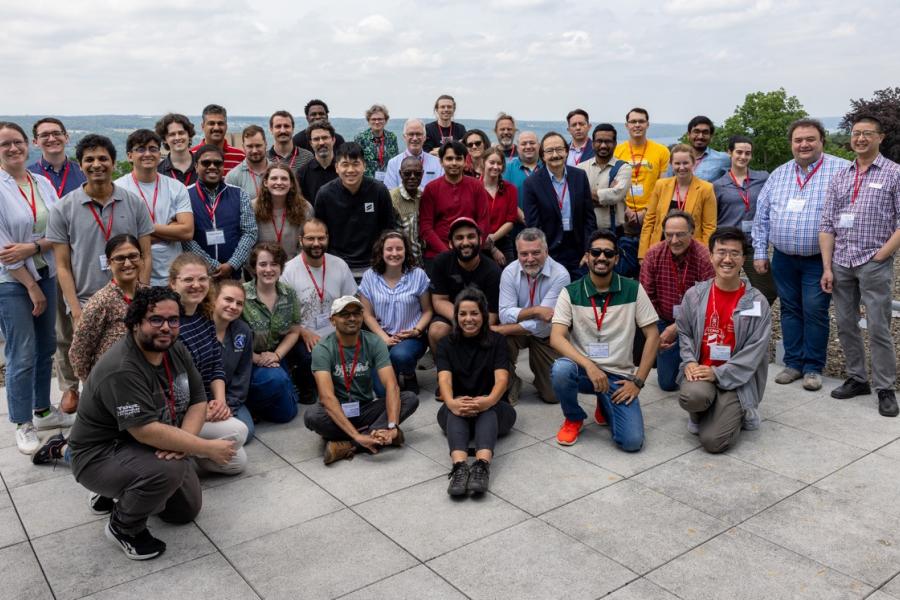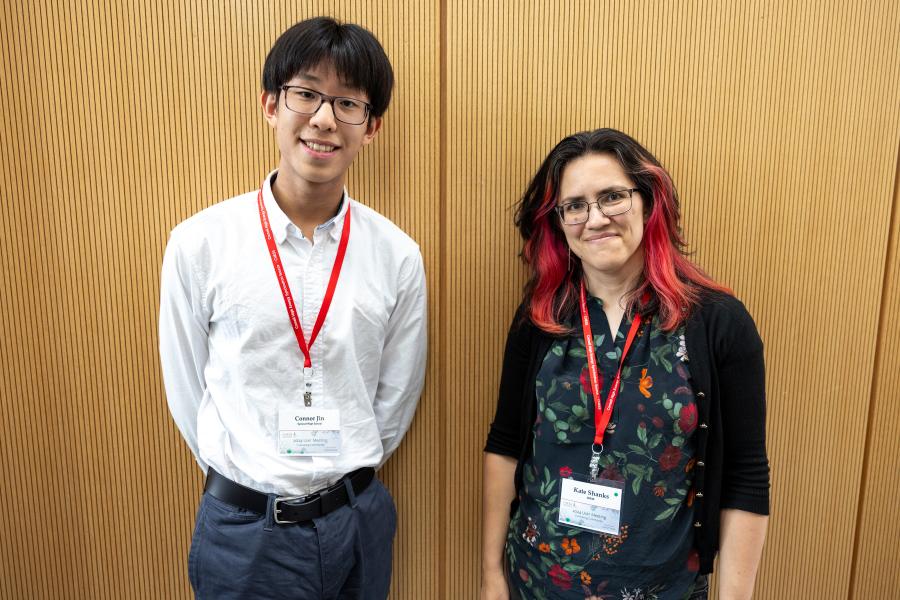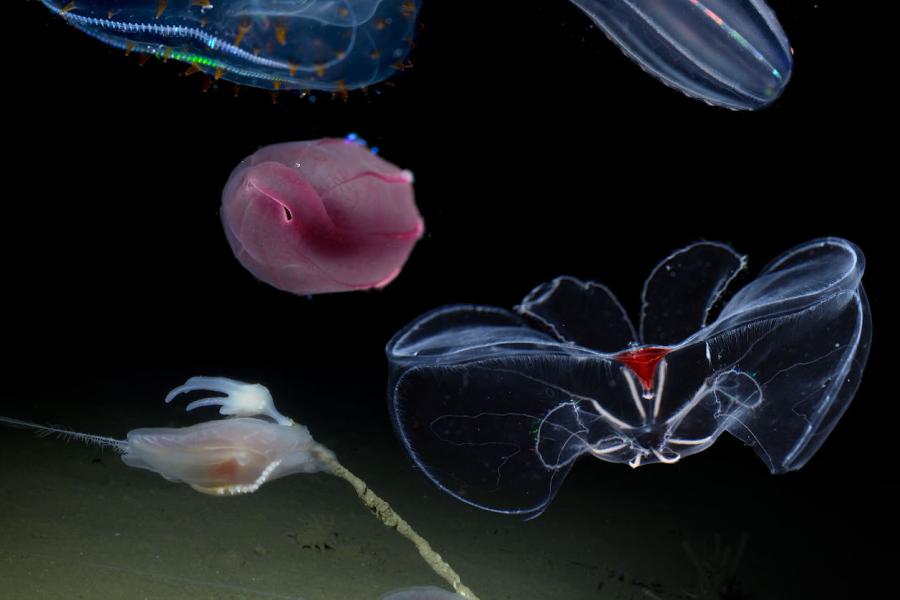Sidebar Menu (View Pages)
- Status
- ⌃ Science
- ⌃ Users
- ⌃ Facilities
- ⌃ Public
- Industry
- ⌃ About
Tags
Featured
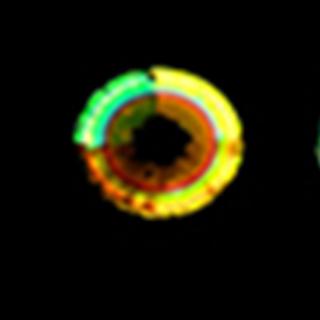
Coffee-ring effect leads to crystallization control in semiconductors
Varying the thickness of crystallizing materials facilitates control over the patterns and properties of crystals.
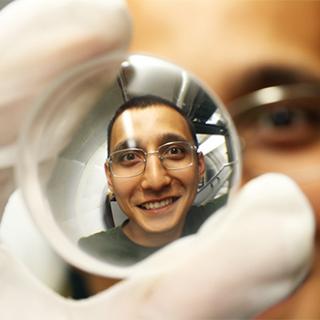
CHESS invites NY community college students for summer research
CHESS is continuing our tradition of bringing bright and eager community college students from across New York State to participate in research for this coming summer.
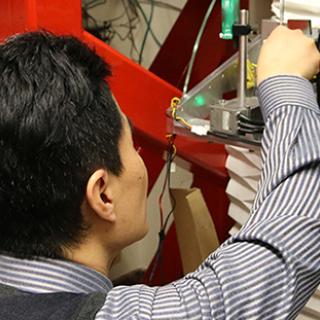
Can we make more reliable x-ray capillary optics?
CHESS is a leader in designing and fabricating single-bounce x-ray capillary optics technology for over 20 years.
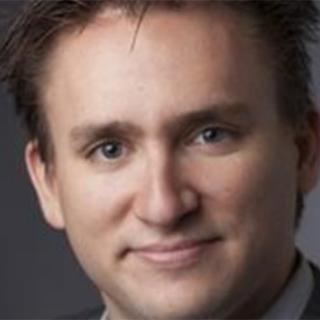
Brito, Lambert, Yapici, Lancaster receive Sloan Fellowships
Assistant professors Ilana Brito, Guillaume Lambert, Kyle Lancaster and Nilay Yapici have been named recipients of Alfred P. Sloan Foundation fellowships that support early career faculty members’ original research and broad-based education related to science, technology and economic performance.
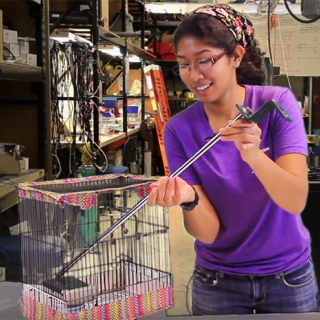
JunkGenies connecting kids to synchrotron science
Cornell High Energy Synchrotron Source is committed to advancing our world through synchrotron science.
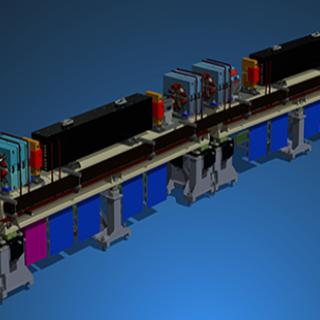
CHESS-U project update: New CESR magnet design and first articles delivery
There is an on-going major upgrade program for the Cornell High-Energy Synchrotron Source (CHESS) to boost the photon beam brilliance by an order of magnitude.
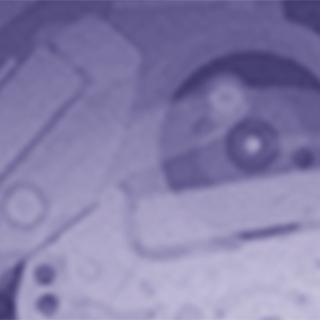
Development of charge integrating detectors for x-ray science at high energies
X-ray detectors are an essential part of every x-ray experiment. The most common sensor material for cutting-edge x-ray detection is presently silicon.
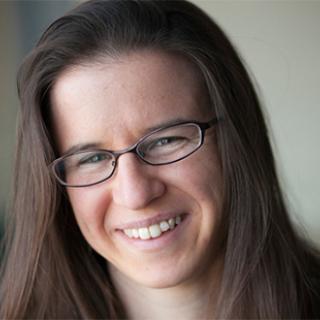
CHESS user Silberstein receives NSF CAREER Award
The prestigious CAREER Program, which was launched in 1996, provides support to junior faculty members and encourages the combining of research and education. Applicants submit a proposal that includes research and education plans. Awardees receive various amounts of funding, typically ranging from around $400,00 to $500,000, for a period of five years.
